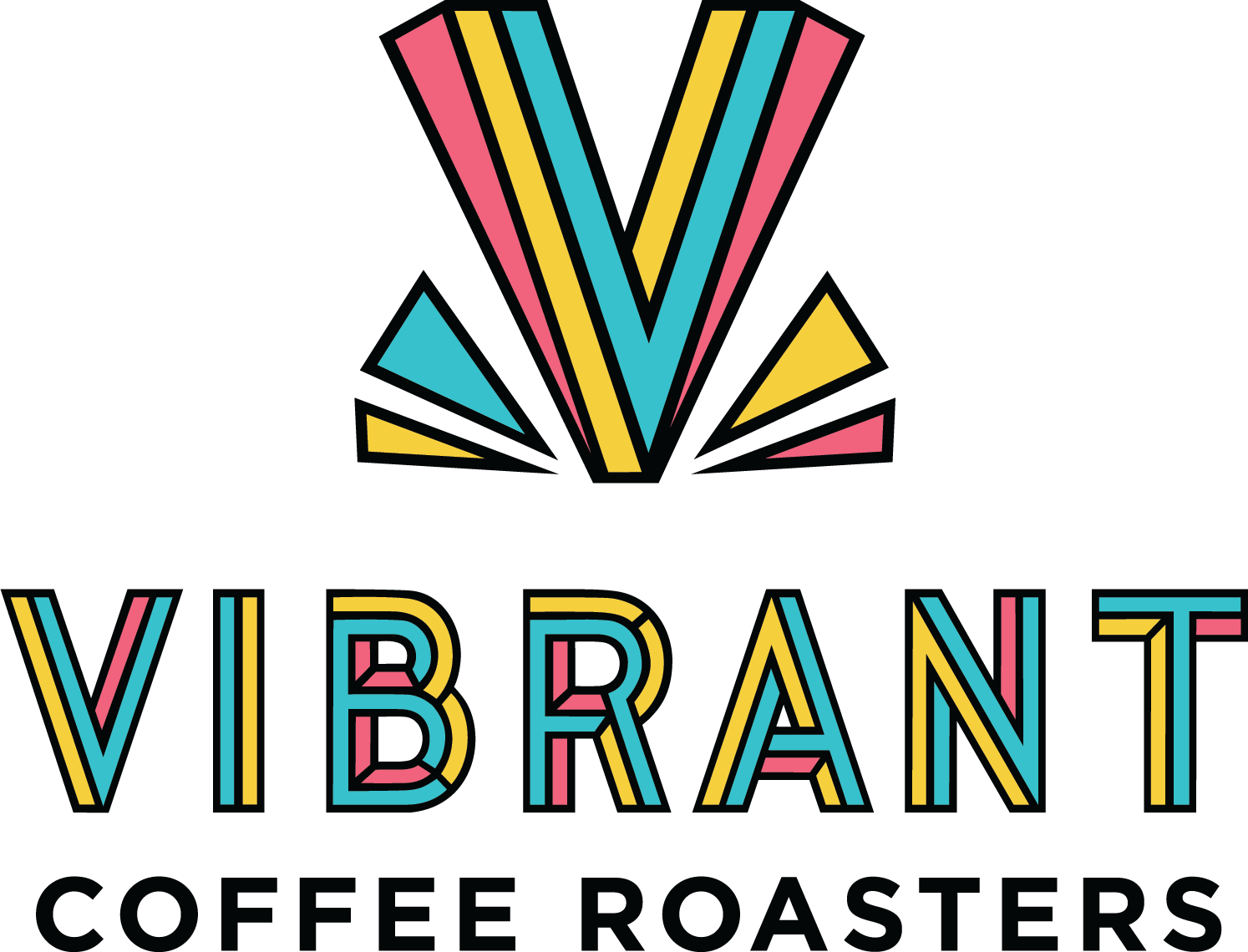Why Can’t We Specify Grind Sizes In Recipes?
When following a recipe in coffee, you’ll notice that they typically will always give you a specific water temperature, a specific amount of coffee to use, a specific amount of water to use, and, depending on the brew method, some other specific details like number of pours or how long to wait after your bloom pour or how many times to stir. But the grind size is generally pretty vague, like, “medium.” Why?
In the context of coffee, weight is weight, time is time, temperature is temperature. They don't vary depending on some piece of equipment. Grind size is not grind size. It is a spectrum of different particle sizes, and the shape of that spectrum is different for every grinder, and it is even different for grinders of the same model that were put together slightly differently. It might seem like these are tiny, negligible differences, and they are indeed tiny (we are looking at say 700 microns as the peak of the particle size distribution curve versus maybe 800 microns), but they make an enormous difference in the cup.
The correct grind size also depends enormously on the coffee itself, particularly roast level, but also bean origin. Ethiopians tend to produce more fines, so they need to be ground coarser than other coffees most of the time. Darker roasts are more soluble than lighter roasts, and they also taste balanced at lower extractions, so they tend to need to be ground coarser than lighter roasts.
The correct grind size also depends on preference - do you want a more acid-driven cup with a bit less sweetness and bitterness, or do you want a rounder, sweeter, but slightly more bitter and less zippy brew? Those require different grinds.
For pourover, the correct grind size also depends on your pouring technique/sequence. You can use a significantly coarser grind if you use a lot of agitation than you can if you keep everything slow and gentle. Now of course, a good pourover recipe will specify how many pours to do, and what the flow rate should be, but it can take some practice to really be able to consistently pour at the same speed all the time, so, even if it has been specified, flow rate tends to be at least somewhat of a variable.
It can be helpful to compare coffee recipes to food recipes.
Comparing to food recipes is somewhat reasonable, but in general people have had more exposure to correctly cooked food so it is a lot more obvious when something is drastically over or undercooked. You can also tell a lot just by looking at the food. Is it all pale? Probably undercooked. Is it black and burned? Overcooked. But coffee all kinda just looks like coffee. You don't really have the visual indicator.
If you’re cooking in an oven, grind size is like cook time. The recipe might say 25 minutes, but it pretty much always will say “or until golden brown” or something. If you’re cooking on a stovetop, it’s a little more complicated because you have a vague “set it to medium-high” (which will be different on every stovetop) and you still have the cook time variable. So the recipe will say something like “or until sauce has thickened.” With coffee, the “until golden brown” or “until sauce has thickened” is translated to “until you have a balanced extraction.” Annoyingly, with coffee, this requires iterations as you can’t adjust grind size mid-brew (and even if you could, there’s no visual indicator to go by).
To make it a little more concrete, let's say you are new to dialing in and you got yourself a Comandante and you want to make a V60. Literally anywhere between about 18 and 25 is a perfectly reasonable starting point. Don't start at 5. Don't start at 40. But we simply cannot be more specific than that, and it is counterproductive to try to be more specific. If we are more specific, then you might taste your brew and be stuck in a scenario where you think the coffee doesn't taste good but you are following the recipe so either you think something is wrong with yourself ("my taste buds don't work" or "I must not know what good coffee is") or you think there is a problem with the coffee itself or the roaster you got it from or just specialty coffee in general and you just give up on it. We don’t want that to happen!
If you’re struggling to dial in a coffee, shoot us an email at coffeeisafruit (at) vibrantcoffeeroasters (dot) com and we’ll be more than happy to help!

